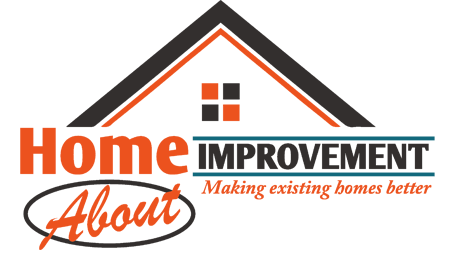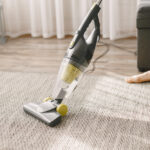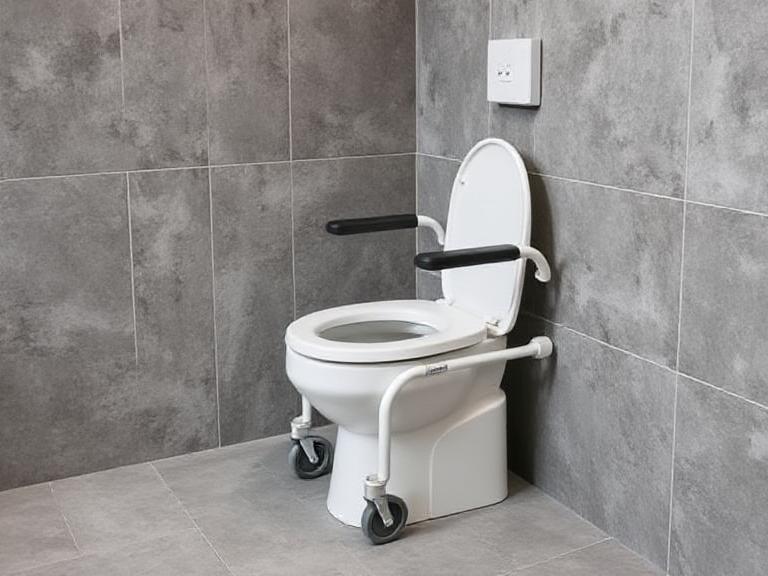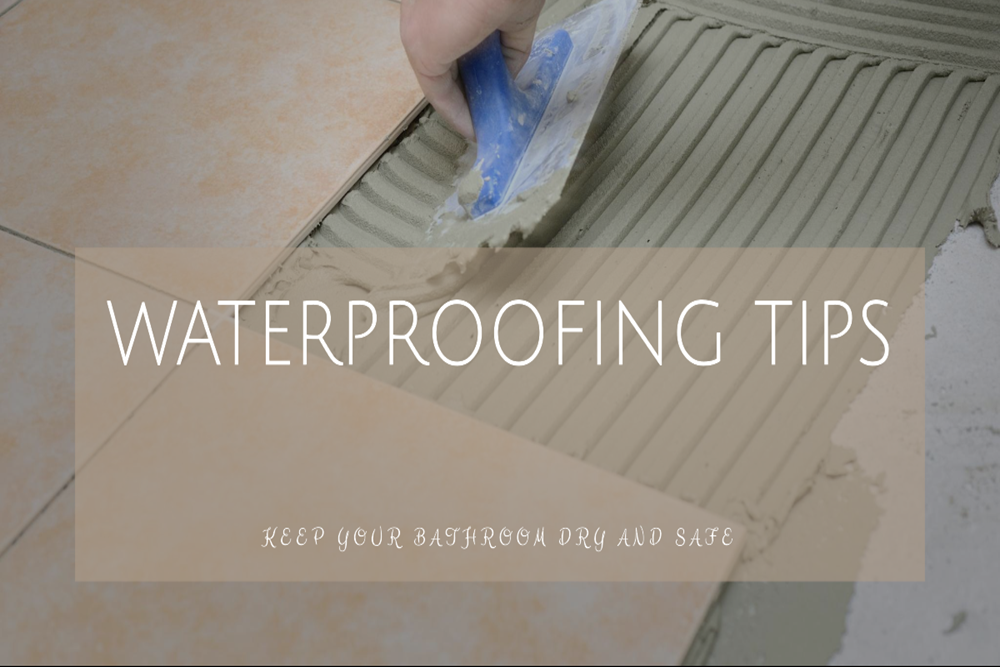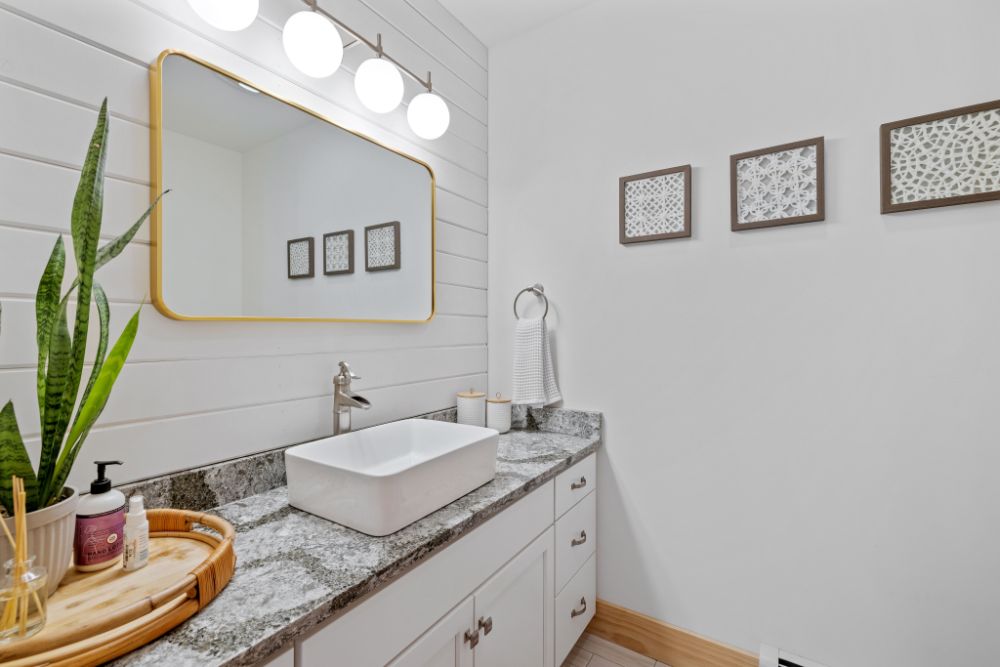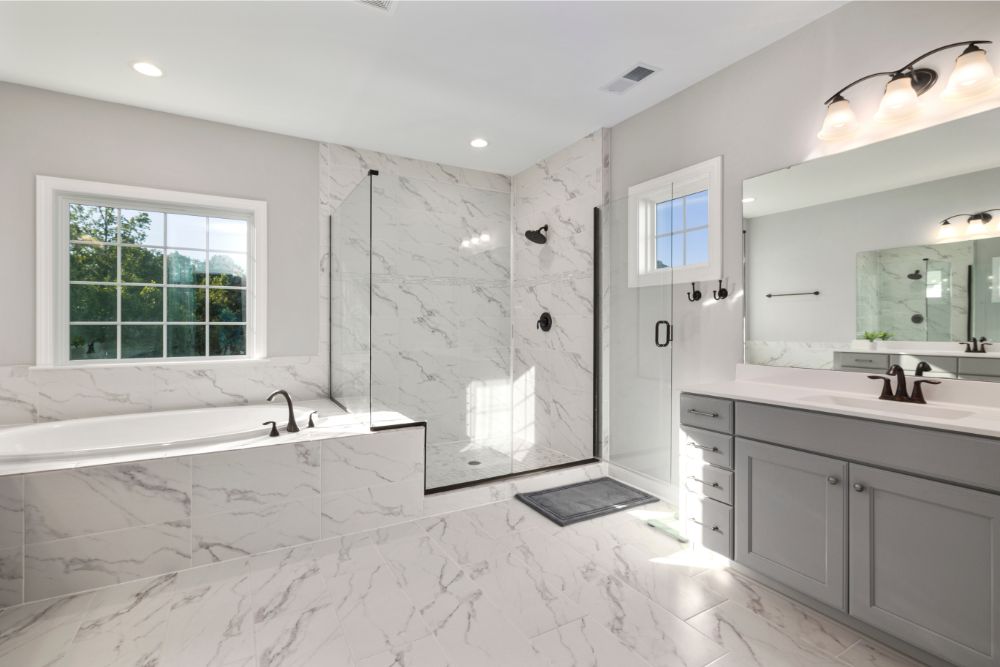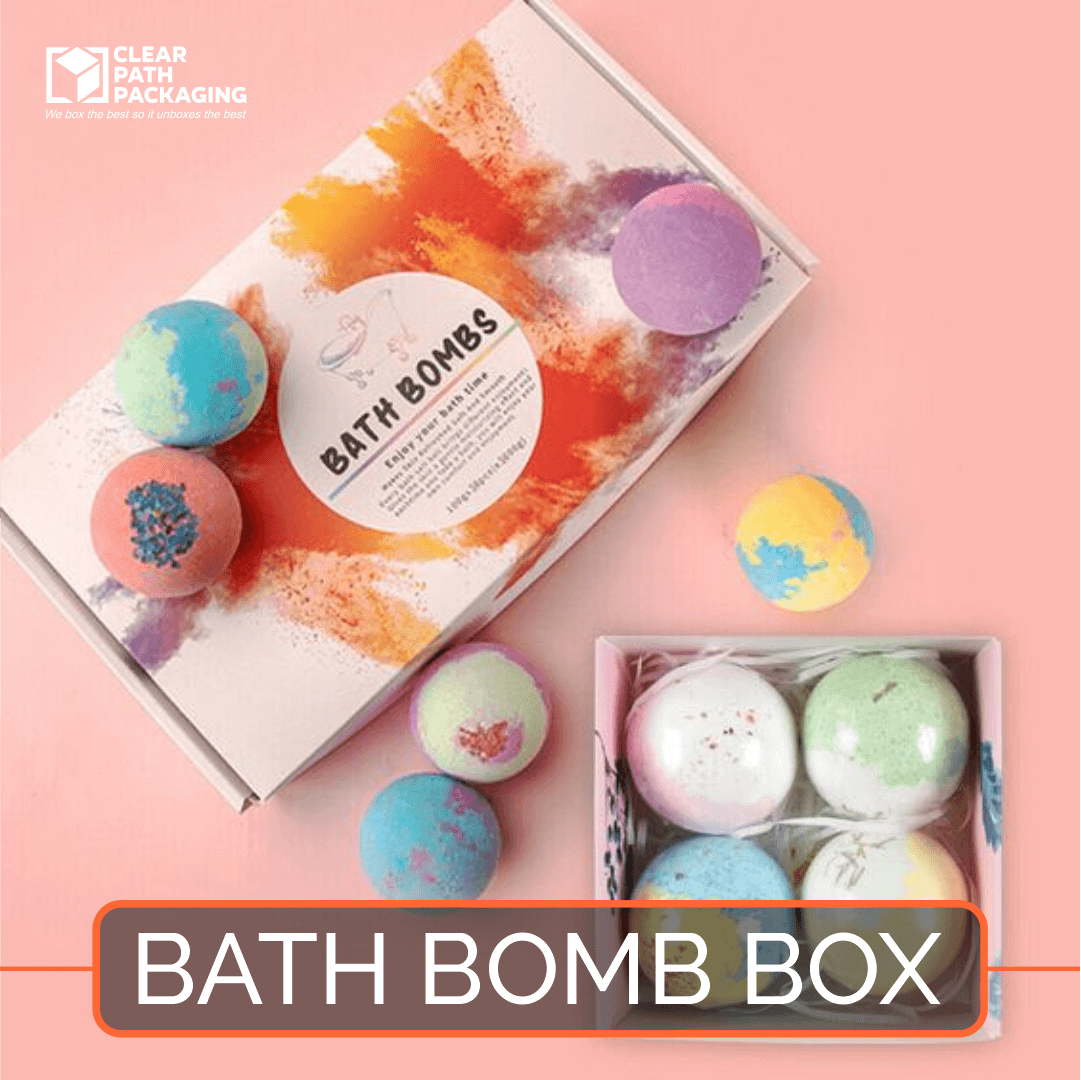Have you ever wondered what it takes to organise special toilets for disabled guests at an event? Or perhaps you’ve asked yourself why an accessible toilet size matters so much when planning a public space? If so, you’re definitely not alone. Many people are curious about how to provide comfort and dignity to individuals who need additional support in restrooms—and there’s no shortage of questions surrounding this topic.
In this blog post, we’ll explore the ins and outs of hiring a mobility access toilet in Australia. We’ll look at local regulations for an accessible water closet, discover the standard disabled toilet size recommendations, and get into practical tips for creating an accessible bathroom layout. Whether you’re a business owner wanting to comply with disability standards or someone hosting a big family event that calls for inclusive facilities, this guide has got you covered.
By the end, you’ll understand everything from how to select the right accessible toilet dimensions to managing the long-term maintenance of wheelchair-friendly facilities. Along the way, we’ll answer key questions people often ask, such as “What is the standard disabled toilet size?” and “When should I opt for a dedicated disabled toilet?” So, let’s dive in and make sure your next event or public restroom meets everyone’s needs—because accessibility is about ensuring comfort, equality, and respect for all.
Why Do You Need a Special Toilet for Disabled Users?
Hiring a mobility access toilet is more than just ticking a regulatory box. It’s about embracing a sense of inclusivity that ensures every attendee or visitor feels respected and cared for. Providing a special toilet for disabled users can go a long way in supporting those with mobility challenges, temporary injuries, or other specific needs.
Understanding the Importance of Accessibility
An accessible water closet is crucial because it opens doors, literally and figuratively, to people of all abilities. Imagine hosting an outdoor festival without a single disabled-friendly facility. Not only would it create inconvenience, but it could also send the wrong message about who is truly welcome at the event.
Key Benefits of a Dedicated Accessible Water Closet
Choosing to invest in a purpose-built accessible toilet size means offering peace of mind for users who might otherwise struggle with cramped facilities. With features like grab rails, enough turning space for a wheelchair, and a lowered washbasin, these facilities help disabled individuals maintain independence and privacy. Plus, it shows your commitment to universal design, potentially enhancing your reputation as a considerate host or business.
People Also Ask: “What Is the Standard Disabled Toilet Size?”
In Australia, “standard disabled toilet size” guidelines usually suggest a minimum floor area of around 2,200 x 1,500 mm. However, local regulations might vary slightly, so make sure that you check with council guidelines and other official sources to be on the safe side.
Australian Regulations and Standards for an Accessible Water Closet
When it comes to ensuring seamless use of public toilets in Australia, the regulations set forth by the government cannot be overlooked. These guidelines provide clarity on how large facilities should be, what features they must include, and how they address varied mobility needs.
Disability Access Legislation and Guidelines
Across Australia, the Disability Discrimination Act (DDA) requires public facilities to be accessible for individuals with disabilities. From business premises to community centres, compliance is absolutely key. This legislation works hand-in-hand with the National Construction Code (NCC) and relevant Australian Standards, forming a wide-ranging rulebook that ensures fair access.
Common Requirements for Public Toilets in Australia
When establishing accessible bathroom facilities, certain fixtures are non-negotiable—grab rails at the correct height, a wheelchair-friendly entrance, and clear signage, to name a few. Moreover, regulations often dictate turning circles, minimum doorway widths, and specific toilet pan heights. Meeting these guidelines makes it easier for everyone, from wheelchair users to ageing individuals, to enjoy safe and dignified restroom experiences.
People Also Ask: “How Big Does an Accessible Toilet Need to Be in Australia?”
Typically, public toilets in Australia must have enough space for a 1,500 mm turning circle. Beyond that, you’ll need extra clearance around the toilet pan and washbasin for hassle-free movement. Double-check local building codes and standards for the exact figures relevant to your region.
How to Hire a Mobility Access Toilet for Events and Businesses
If you’re planning a community gathering, festival, or business conference, ensuring you have accessible toilets is vital. Hiring a mobility access toilet is often a straightforward process, but you’ll still need to put some thought into which type of facility will best suit your needs and budget.
Determining the Right Hire Option for Your Needs
First, consider whether you want a standalone unit or a larger trailer-based solution. Standalone accessible water closet units can be more cost-effective and easier to transport. Meanwhile, trailer-mounted restroom blocks often come with multiple cubicles, ramps, and even baby-changing stations. Think about how many people you’re expecting, the venue’s layout, and whether you have room for a larger setup.
People Also Ask: “How Do I Hire a Mobility Access Toilet?”
Start by reaching out to local vendors who specialise in accessible toilet hire. Ask about the specifics: Does the unit meet Australian disability design standards? What are the delivery charges? Will they provide regular servicing during your event? By exploring these questions early on, you’ll secure a hire option that fits your budget and keeps your guests happy.
Ensuring the Correct Accessible Toilet Dimensions and Size
Picking the right accessible toilet dimensions is crucial for a genuinely inclusive space. Even a few centimetres in the wrong direction can significantly impact wheelchair users’ comfort and manoeuvrability.
Standard Measurements and Layout Requirements
In Australia, accessible water closet setups often require a minimum area that allows adequate turning space. This usually includes room for an open 90-degree door and a correct distance between the pan and grab rails. The recommended measurements can vary, but a space of around 2,200 x 1,500 mm often forms a baseline, with additional room for circulation if possible.
Practical Tips for an Accessible Toilet Layout
To make sure the end result suits all users, pay attention to details like the placement of flush mechanisms and the height of mirrors. Ensure the toilet paper dispenser is within easy reach from a seated position. Additionally, consider installing sensors or automatic doors if feasible. These small extras can transform your accessible toilet layout from merely functional to truly convenient.
Planning a Disabled Bathroom Layout in Australia
Designing a disabled bathroom layout in Australia involves striking a balance between compliance, budget, and user experience. Whether you’re retrofitting an existing bathroom or starting from scratch, it’s essential to keep wheelchair manoeuvrability at the forefront.
Optimising Space for Wheelchair Maneuverability
It’s not just about meeting standard disabled toilet size guidelines. You also need to think about day-to-day practicality. For instance, leaving enough space for a full wheelchair turn means carefully positioning fixtures such as sinks, hand dryers, and rubbish bins. The spacing should prevent any obstructions, allowing the user to access all amenities without stress or awkward angles.
People Also Ask: “What Are the Essentials of a Disabled Bathroom Layout in Australia?”
Essential features include grab rails installed on both sides of the toilet, adequate door width for wheelchair entry, and a low-threshold or no-threshold shower (if a combined bathroom is involved). Adding a fold-down seat in the shower can also provide extra support for individuals with limited mobility, further boosting the bathroom’s accessibility.
Choosing a Disabled Toilet in Australia
Selecting the right disabled toilet in Australia can feel like an involved process, but it’s worth the effort. After all, an accessible bathroom that’s tailored to local guidelines will help you avoid potential compliance issues and create a more welcoming environment for everyone.
Finding Reputable Suppliers and Services
A good starting point is to look for companies with a proven track record in providing accessible toilets. Read online reviews or check out social media groups that discuss “disabled toilet Australia” topics. Local disability organisations can also point you to reliable suppliers who have been vetted by the community. Don’t hesitate to invest in a solution that meets all the standard requirements.
Cost and Budget Considerations
When planning your finances, remember that cheaper isn’t always better. While it might be tempting to save some money upfront, an ill-fitting toilet or insufficient access features could compromise user safety. Many suppliers offer flexible payment options for both purchase and hire, which can help you stay within budget.
People Also Ask: “When Should I Opt for a Dedicated Disabled Toilet?”
If you regularly host events, manage a bustling commercial space, or expect a significant number of visitors with access needs, a dedicated disabled water closet is likely the right call. This investment shows your commitment to inclusivity and helps future-proof your venue against evolving accessibility standards.
Creating an Accessible Bathroom and Restroom Experience
A truly accessible restroom isn’t just about measurements and regulations. It’s about considering the entire user journey, from entering the bathroom to washing hands afterwards. By focusing on user-friendly details, you can elevate the overall experience for disabled and able-bodied individuals alike.
Safety Features and Recommended Fixtures
Grab rails should feature slip-resistant surfaces and be placed where users naturally reach for support. Installing a lower or adjustable hand dryer makes it easier for wheelchair users to dry their hands. If possible, opt for lever taps instead of traditional round knobs, because they’re simpler to operate for people with limited dexterity.
People Also Ask: “What Features Should an Accessible Restroom Include?”
In addition to grab rails and adequate turning space, features like emergency call buttons can make a big difference. Clear, high-contrast signage is also essential, especially for visitors with visual impairments. Even adding a contrasting coloured toilet seat can help those with low vision to locate essential fixtures more easily.
Disability Key for Toilets and Other Accessibility Tools
The concept of a disability key for toilets might not be familiar to everyone, but it’s an important part of public toilets in Australia. A disability key ensures that accessible facilities remain secure yet easily accessible for the people who need them.
How to Obtain a Disability Key in Australia
Disability keys, sometimes referred to as MLAK (Master Locksmith Access Key), can be obtained through approved locksmiths and certain disability advocacy groups. They’re designed to provide unrestricted access to locked accessible restrooms, especially in public parks, community centres, and other facilities that might otherwise be subject to vandalism. To get one, you usually need to show evidence of disability or a companion card.
People Also Ask: “Are Disability Keys Required for Public Toilets in Australia?”
They’re not required for every facility. However, in places where vandalism is an issue or where accessible toilets need to be reserved only for those with genuine needs, keys are often used. Councils install these locks to keep the toilets in good condition, ensuring a reliable experience for anyone who depends on accessible restrooms.
Maintenance and Ongoing Compliance
Once you install or hire a mobility access toilet, the job doesn’t end there. Ongoing upkeep, regular checks, and staying informed about evolving regulations are all part of maintaining an inclusive environment.
Cleaning Schedules and Accessibility Checks
It’s vital to have a proper cleaning schedule to keep facilities sanitary and pleasant for every user. Additionally, regular inspections are crucial for spotting loose grab rails, malfunctioning emergency call buttons, and other hazards. By investing in these checks, you minimise the risk of accidents and show that your commitment to accessibility goes beyond mere aesthetics.
Adapting to Future Compliance Updates
As the Australian government refines accessibility guidelines, you might need to update the height of certain fixtures or add new features. Keeping track of these changes helps your venue stay legally compliant and ensures that your facilities remain safe and user-friendly. Regularly consulting with disability advisory services can keep you in the loop on any updates that might affect your setup.
How-To Hire a Mobility Access Toilet: Key Considerations – Conclusion
Ensuring access to safe, clean, and dignified toilet facilities shouldn’t be an afterthought—it should be a priority. Whether you’re organising a public event, managing a construction site, or upgrading facilities in a commercial venue, choosing the right mobility access toilet hire in Melbourne reflects a commitment to inclusivity and compliance.
Navigating layout requirements, legal standards, and functionality can feel complex, but it all starts with understanding your users’ needs. When you prioritise accessibility, you’re not just meeting a requirement—you’re making a powerful statement about the kind of experience you want to provide.
Don’t leave accessibility to chance. Connect with a trusted mobility access toilet hire provider in Melbourne today and take the first step toward creating a truly inclusive space for all.
